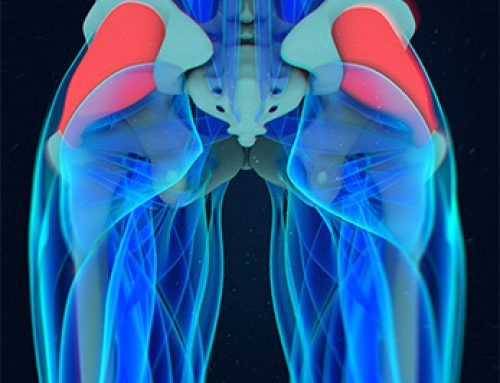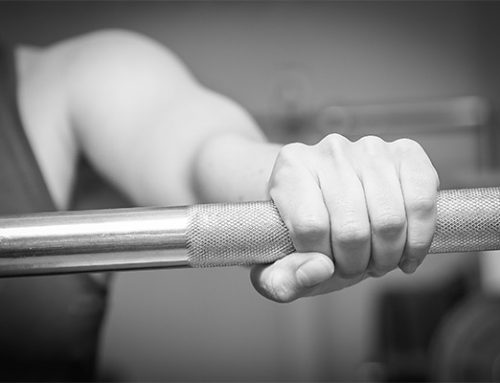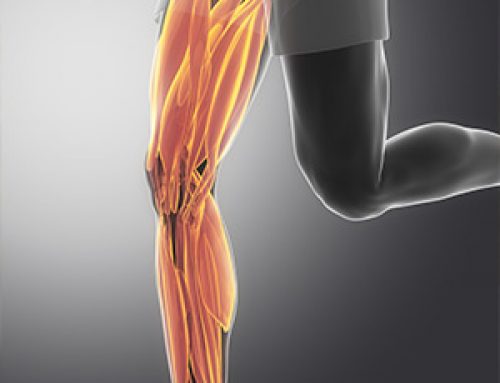Signs and symptoms of tennis elbow: Tennis elbow may feel like pain and tenderness on the bony part on the outside of your elbow. This is where all of the injured tendons join onto the bone. There may also be pain travelling above and below the elbow. Because of where the forearm muscles start and finish, pain may be felt when doing things with your hands including:
• Lifting
• Gripping
• Twisting your wrist
• Move your wrist up or down
The symptoms of tennis elbow include pain and tenderness in the bony knob on the outside of your elbow. This knob is where the injured tendons connect to the bone. The pain may also radiate into the upper or lower arm. Although the damage is in the elbow, you’re likely to hurt when doing things with your hands. Some scans including an X-ray or MRI can help diagnose tennis elbow or rule out other options, however a physiotherapist generally able to diagnose tennis elbow through other physical testing so they’re rarely necessary.
What treatments are available to me? So thankfully tennis elbow will have a spontaneous recovery 80-90% of people over 12-24 months, but there are definitely things you can do to hurry the process along!
Your physiotherapist may suggest rest; particularly from the aggravating activity, ice, topical creams or the use of counter-force straps.It is always important to examine why this injury started in the first place, so your physio will assess the strength and mechanics of your arm and show you some stretches and exercises to strengthen. There is also an option for surgery, but it is generally considered as a last resort for tennis elbow and it is advised to exhaust the conservative management first.
Give aim Physio a call on 8331 1557 if you’re in need of one of our expert physiotherapists to help you through your tennis elbow pain!
Lauren Tyberek
Physiotherapist



